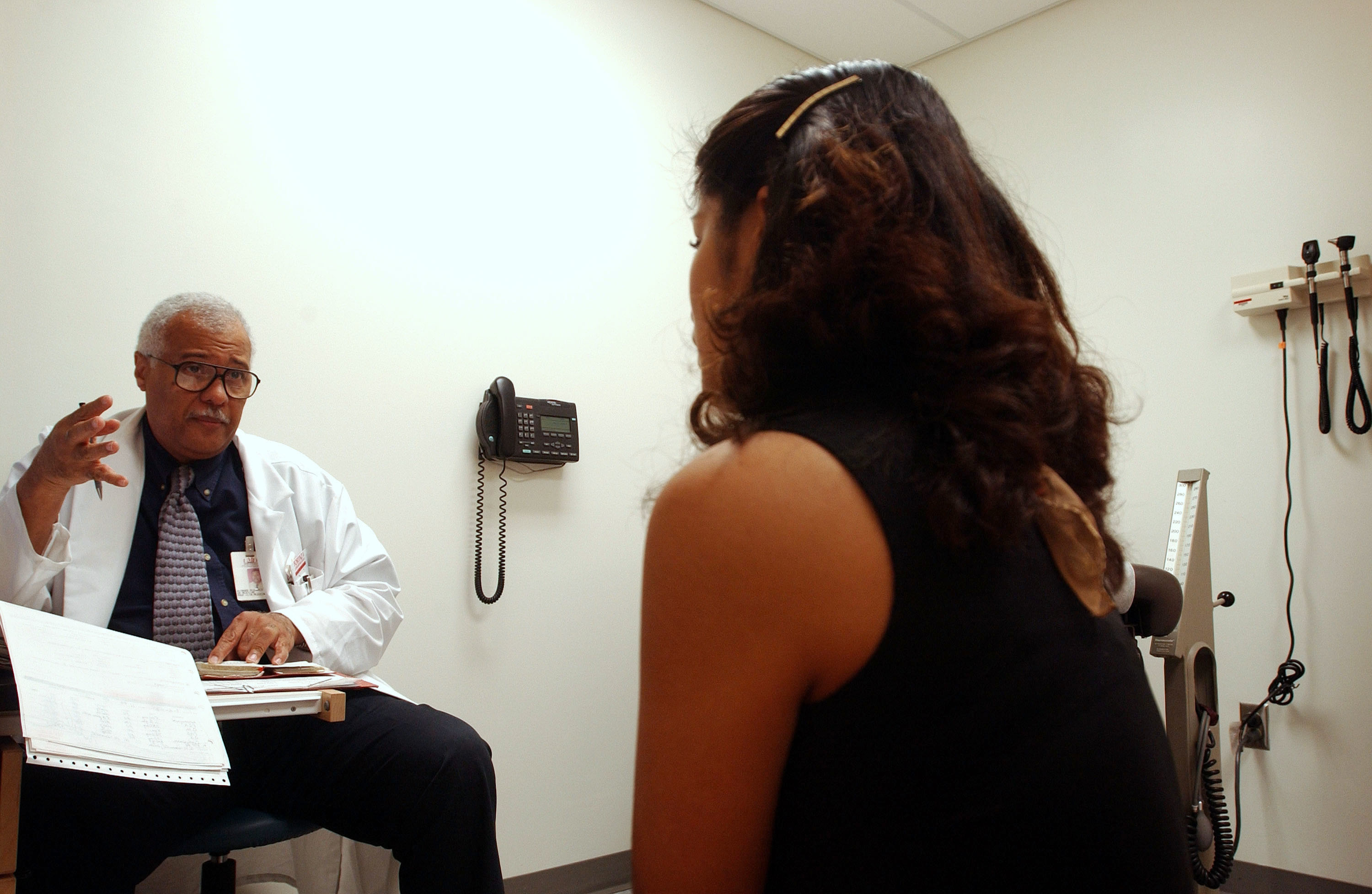Meet antivitamins. They may replace your antibiotics one day

Photo by Kate Hliznitsova on Unsplash
- As pathogens’ resistance grows, scientists are searching for a class of drugs that could replace antibiotics.
- Antivitamins that switch off vitamins in bacteria are being investigated.
- Scientists have been struggling to understand how naturally occurring antivitamins do what they do.
Though many of us have never heard of antivitamins, scientists have known about them since Sir Edward Mellanby identified the first one — though he called it a “toxamin” — in the late 1930s. These substances do what their name implies: They stop vitamins from functioning. As we near the end of the antibiotic era due to the rapid pace at which bacteria are developing resistance to the wonder drugs, researchers are taking a closer look at antivitamins as the basis of a new class of drugs that may potentially replace antibiotics for treating bacterial infections.
The first step, however, is figuring out how antivitamins do what they do. For example, the antivitamin that nullifies Vitamin B1 differs from the vitamin by just one single atom, and a seemingly unimportant one at that. It doesn’t seem as if that should be enough, but it is, and researchers at the University of Göttingen in Germany have just shared research documenting their discovery of what’s going on. Their report, “Structural basis for antibiotic action of the B1 antivitamin 2′-methoxy-thiamine,” is published in the journal Nature Chemical Biology.

Image source: Ekaterina_Minaeva/Shutterstock
The study was led by Dr. Kai Tittmann’s group from the Göttingen Center for Molecular Biosciences at the University of Göttingen in collaboration with Bert De Groot’s Computational Biomolecular Dynamics Group from the Max Planck Institute for Biophysical Chemistry Göttingen, and with Tadhg Begley’s group from Texas A&M University in College Station, Texas.
The B1 antivitamin is naturally occurring, and is produced by bacteria as a means of killing off competing bacteria. Its critical atom appears in an apparently unimportant location, deepening the mystery.
To see how that single atom was doing such an effective job, the researchers used high-resolution protein crystallography. This allowed them to observe the interaction between the B1 antivitamin and B1 on an atomic level.
What they saw was that the antivitamin completely interrupted the “dance of protons” that’s seen in functioning proteins. Tittmann says, “Just one extra atom in the antivitamin acts like a grain of sand in a complex gear system by blocking its finely tuned mechanics.” (Tittmann’s group was the first to document this “dance” in 2019.)
One particularly significant finding of the new research is that, although the B1 antivitamin prevents B1 from functioning in bacteria, it doesn’t interfere with the vitamin for humans. This offers hope that antivitamins can be developed that target and neutralize pathogens without doing harm to patients.
De Groot’s team created computer simulations to learn why humans are unaffected by the errant atom, and found that, “The human proteins either do not bind to the antivitamin at all or in such a way that they are not ‘poisoned.'”
The possibility that antivitamins may at some point be ready to step in and replace failing antibiotics is not totally unexpected. Antivitamins were actually used in the development of antibiotic and antiproliferative drugs such as prontosil and aminopterin. And there are already some antivitamin medicines in use, notably antagonists for vitamins B12, B9, and K.





